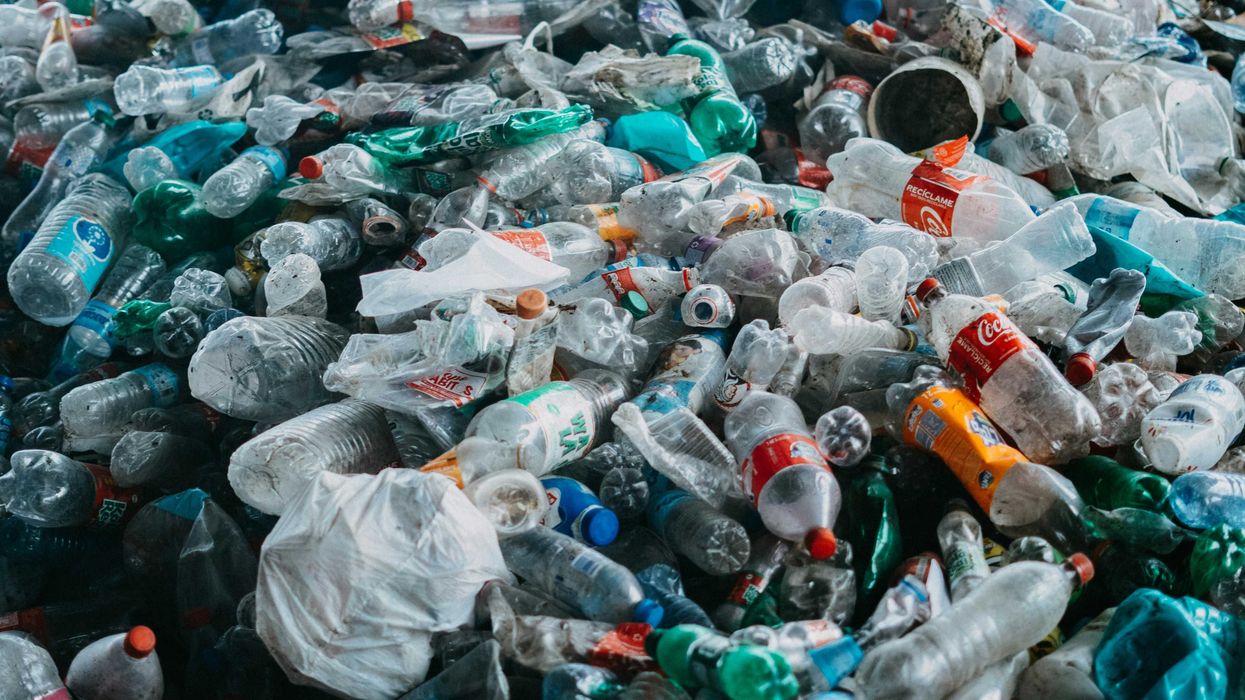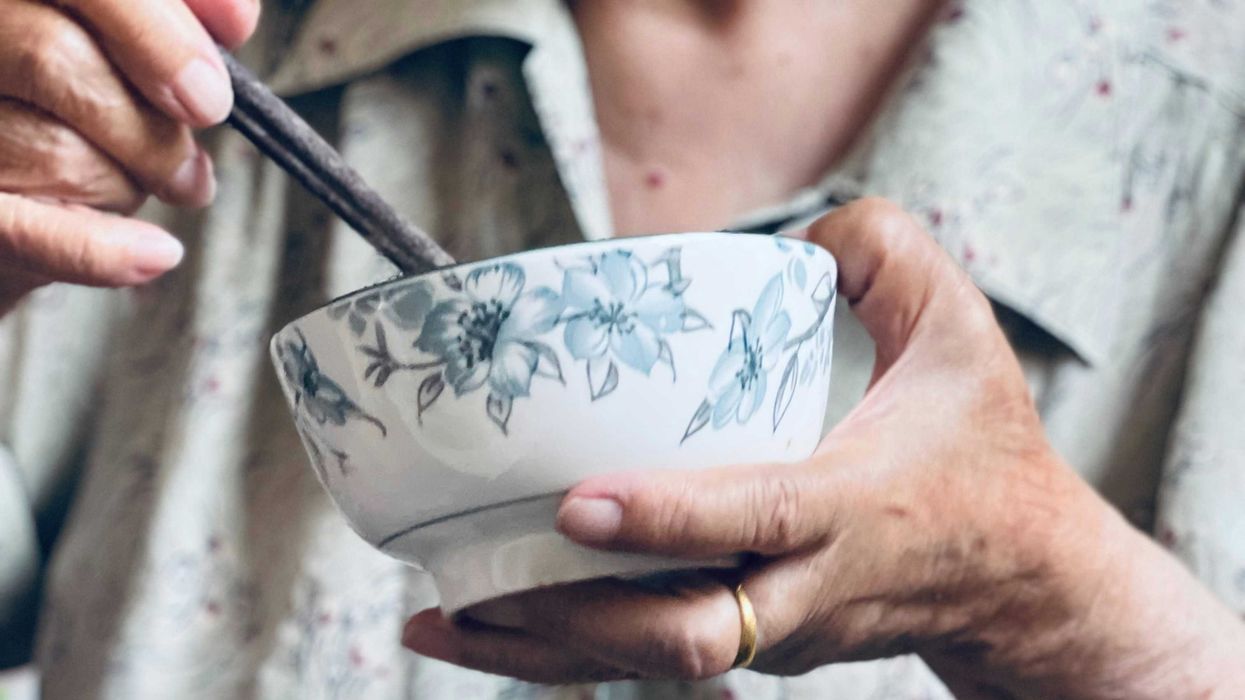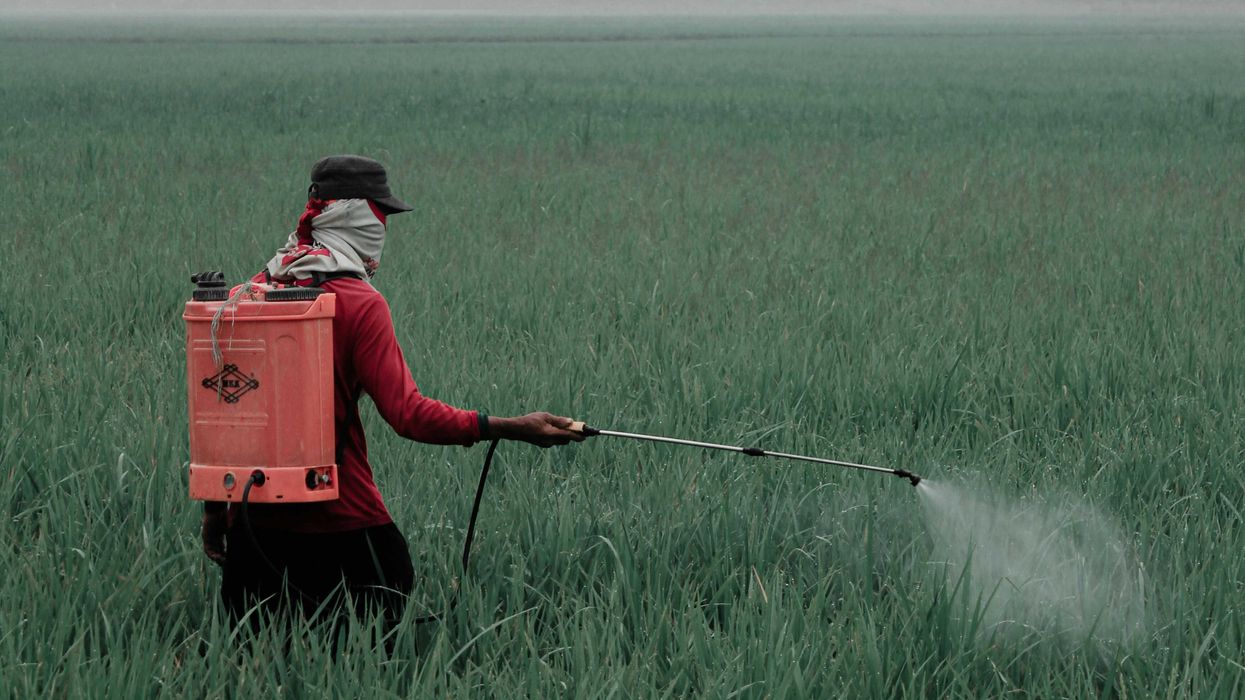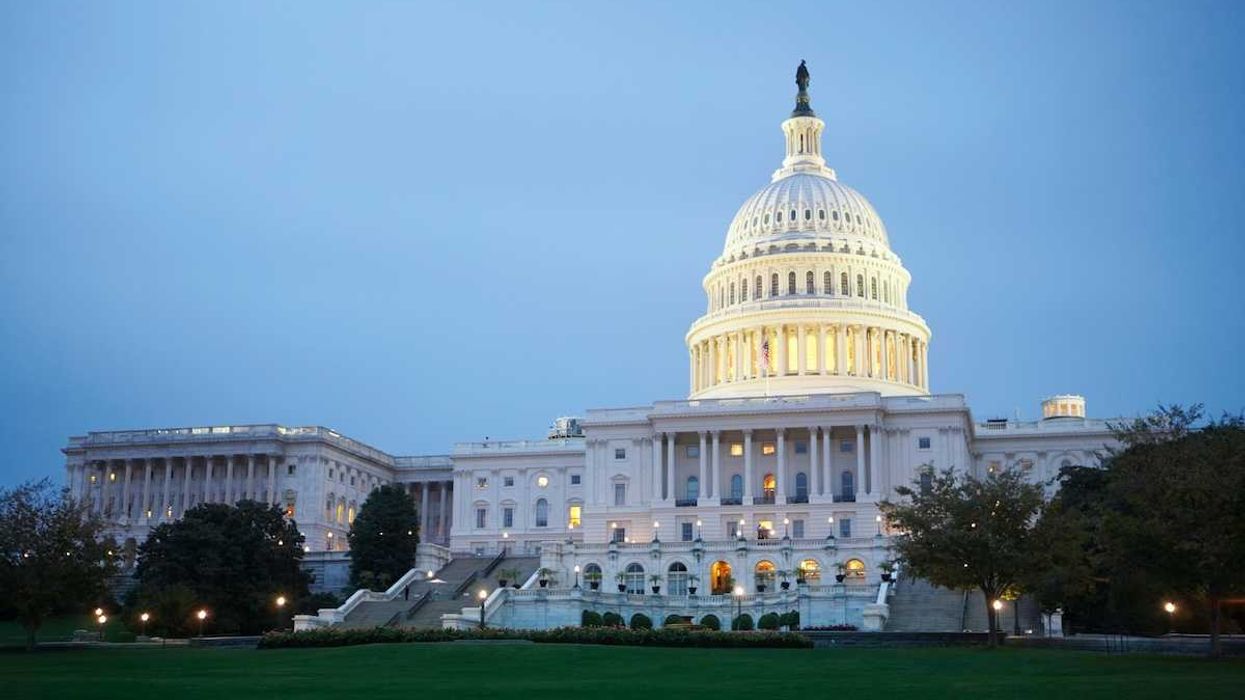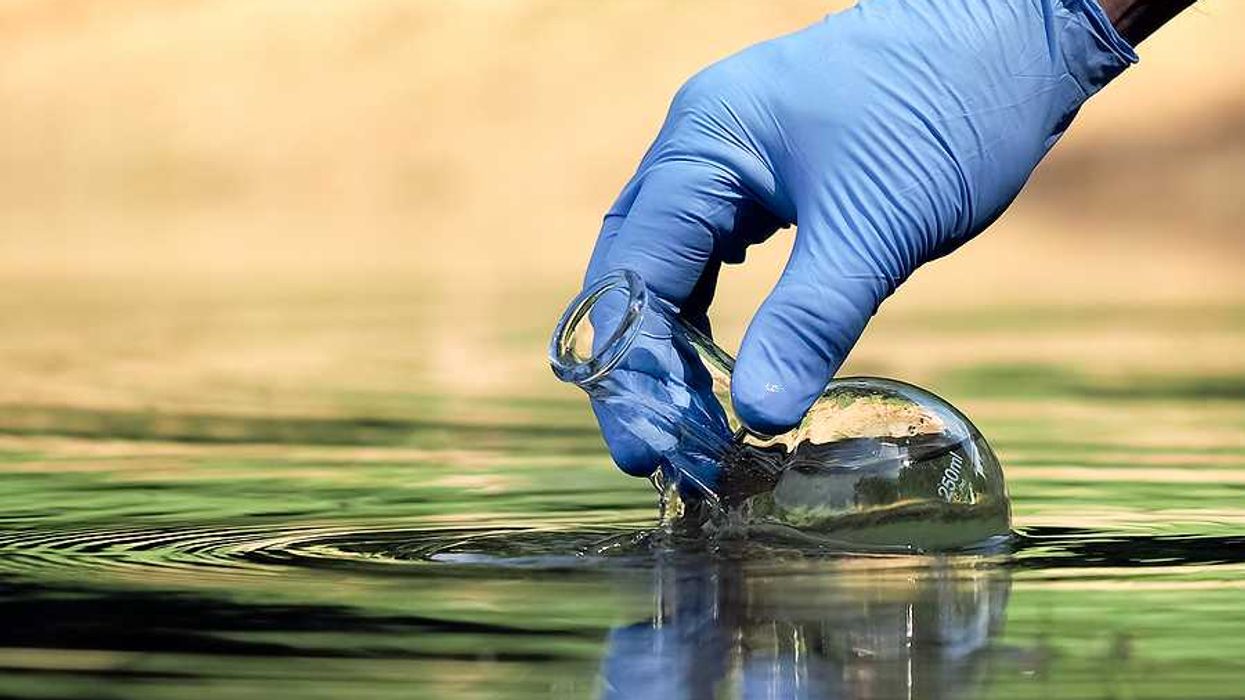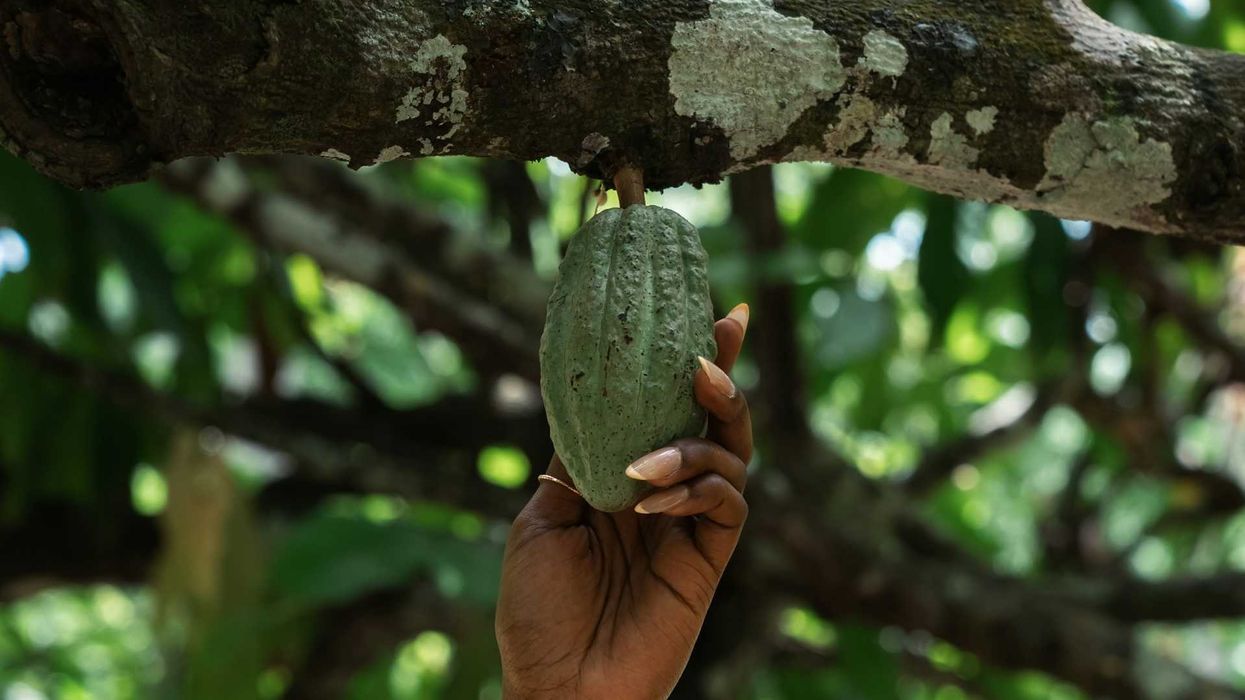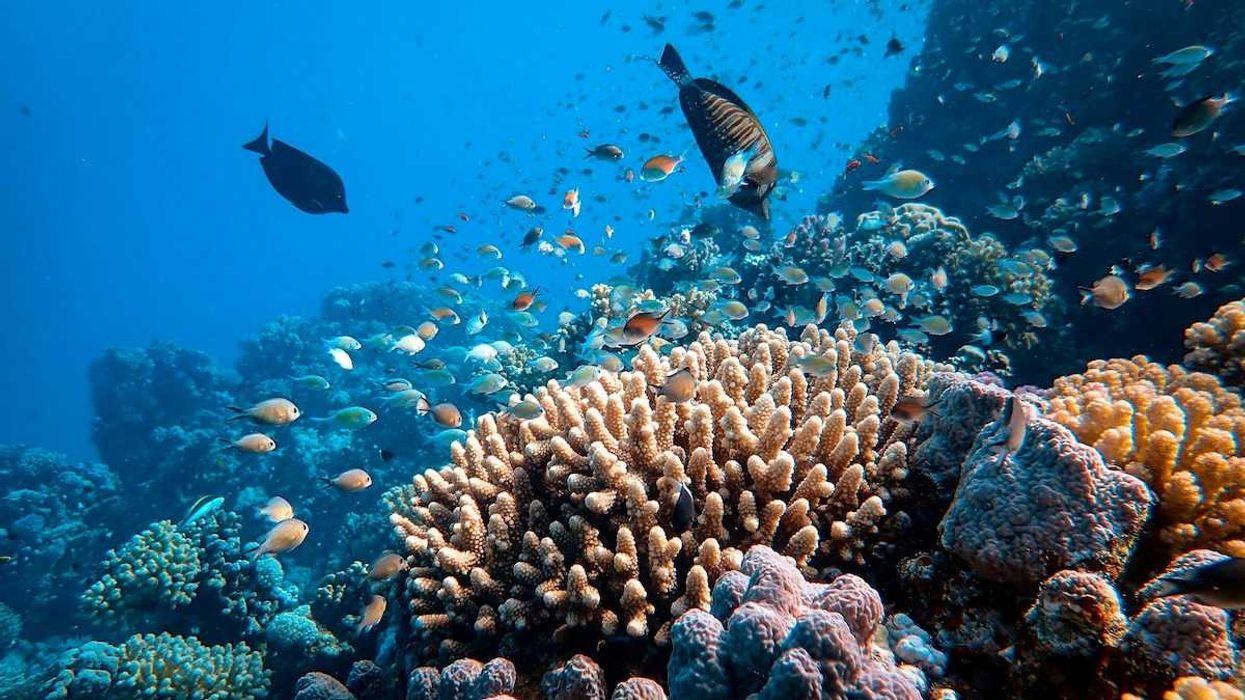The U.S. Food and Drug Administration (FDA) has approved three natural food colorings as part of a broader push to phase out synthetic dyes from the U.S. food supply by the end of 2026.
Brian Bienkowski reports for The New Lede.
In short:
- On May 9, the FDA approved butterfly pea flower extract, galdieria extract blue, and calcium phosphate as natural food dyes for a range of foods from snacks to cereals.
- The move follows an April announcement by the FDA and the U.S. Department of Health and Human Services urging a voluntary transition away from synthetic, petroleum-based dyes, which have been linked to health issues like hyperactivity in children.
- Food manufacturers welcome the new ingredients, but experts warn of lingering challenges including supply shortages, recipe changes, and concerns over the stability and taste of natural dyes.
Key quote:
“FDA staff have been moving quickly to expedite the publication of these decisions, underscoring our serious intent to transition away from petroleum-based dyes in the food supply and provide new colors from natural sources.”
— Martin Makary, FDA commissioner
Why this matters:
Synthetic dyes, widely used in processed foods for decades, are often derived from petroleum and have long raised red flags among health experts. Research suggests that these additives can trigger behavioral issues in children and may be linked to long-term health effects, including cancer. Despite these risks, brightly colored processed foods, often marketed to children, remain a staple in many households. The approval of natural alternatives marks a turning point, but the road ahead is bumpy. Natural dyes come with their own limitations: They can fade, alter flavors, and complicate food production. There's also a broader supply issue, as food companies race to find enough plant-based pigments to meet demand.
Learn more: Behind the Ban: Breaking down the risks of Red Dye 3 and chemicals like it


